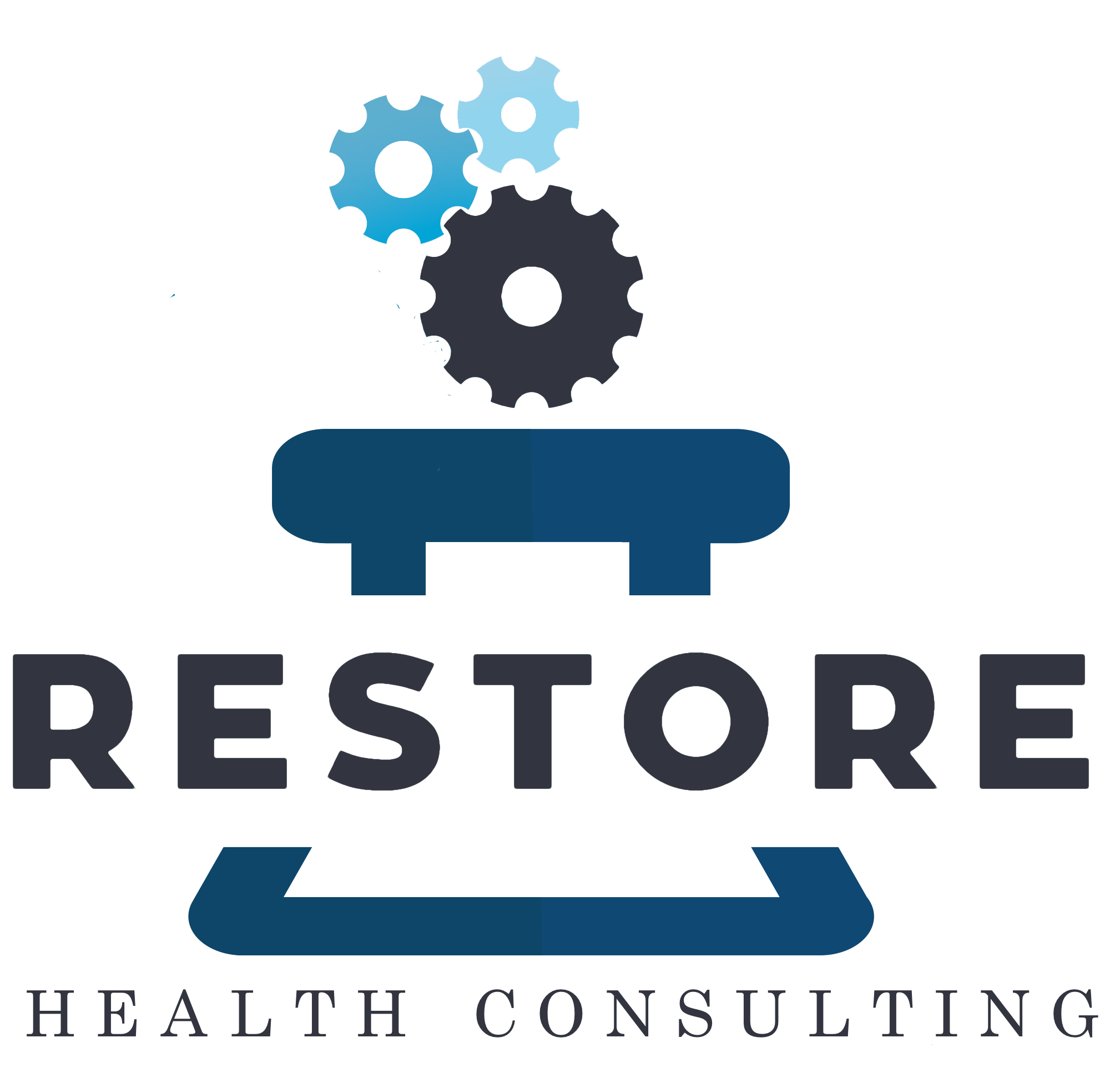Opportunities and Challenges Within The Pharmacy Compounding Industry
Introduction
Pharmacy compounding is a crucial aspect of the pharmaceutical industry that involves the preparation of customized medications for individual patients based on their specific needs. Compounded medications are designed to meet the unique medical requirements of patients who are unable to use FDA-approved commercially available drugs due to allergies, intolerance or other specific reasons. The demand for compounded medications has increased in recent years, and as such, it has become essential to provide a comprehensive understanding of the compounding process and its various aspects to the pharmacy compounding industry.
Compounding Process
The compounding process involves various steps, starting from the selection of appropriate raw materials, to the final dispensing of the compounded medication. The first step involves the selection of raw materials, which should be of high quality and approved by regulatory agencies. The raw materials are then compounded in accordance with the physician's prescription, taking into account the patient's unique medical needs and requirements. The compounded medication is then dispensed to the patient, ensuring that the final product meets the desired specifications.
Compounding Standards
To ensure the quality and safety of compounded medications, various compounding standards have been established by the United States Pharmacopeia (USP). These minimum industry standards cover aspects such as the selection of raw materials, compounding procedures, testing of the final product, and record-keeping. The USP 797 and USP 795 compounding standards provide a framework for the pharmacy compounding industry to ensure that compounded medications are prepared in a consistent and reliable manner, meeting the desired specifications and providing optimal outcomes for patients.
Compounding Equipment
The selection and use of appropriate compounding equipment is an essential aspect of the compounding process. The equipment used in compounding should be of high quality and should be regularly maintained and calibrated to ensure accuracy and reliability. The selection of compounding equipment should also take into account factors such as safety, efficiency, and cost-effectiveness. Some of the commonly used compounding equipment includes mortars and pestles, analytical balances, and dispensing pumps.
Compounding Regulations
In recent years, regulatory agencies including state boards of pharmacy and the U.S. Food and Drug Administration have placed increased emphasis on the enhanced regulation of compounding practices. The main objective of compounding regulations is to ensure the quality and safety of compounded medications, and to prevent harm to patients. Like the USP, state and federal pharmacy compounding regulations cover various aspects of the compounding process, including the selection of raw materials, compounding procedures, testing of the final product, and record-keeping.
Accreditation
In addition to regulatory agencies, the compounding industry is also subject to accreditation and inspection by organizations such as the National Association of Boards of Pharmacy (NABP) and the Accreditation Commission for Health Care (ACHC). These organizations help to ensure that compounding practices are in compliance with established standards and regulations, and that compounded medications are prepared in a safe and consistent manner.
Challenges and Future Directions
Despite the various efforts to ensure the quality and safety of compounded medications, the compounding industry continues to face various challenges. One of the main challenges is the difficulty in obtaining high-quality raw materials, which are essential for the preparation of compounded medications. Another challenge is the shortage of trained and qualified personnel to perform compounding activities.
In the future, it is expected that the demand for compounded medications will continue to increase, and as such, the pharmacy compounding industry will need to focus on addressing these challenges. The development of new technologies and innovative compounding methods will also play a crucial role in addressing these challenges and improving the quality and safety of compounded medications.
Where Does Your Facility Stand?
If you’re looking to become compliant with the new USP requirements or if you wonder how you measure up, let consultants at Restore Health Consulting LLC perform a USP 797 gap analysis to assess your pharmacy or hospital compliance status against the new minimum standards and lead remediation planning if needed.
Disclaimer
The information provided on this website does not, and is not intended to, constitute legal advice; instead, all information, content, and materials available on this site are for general informational purposes only. Information on this website may not constitute the most up-to-date legal or other information. Readers of this website should contact their attorney to obtain advice with respect to any particular legal matter.
